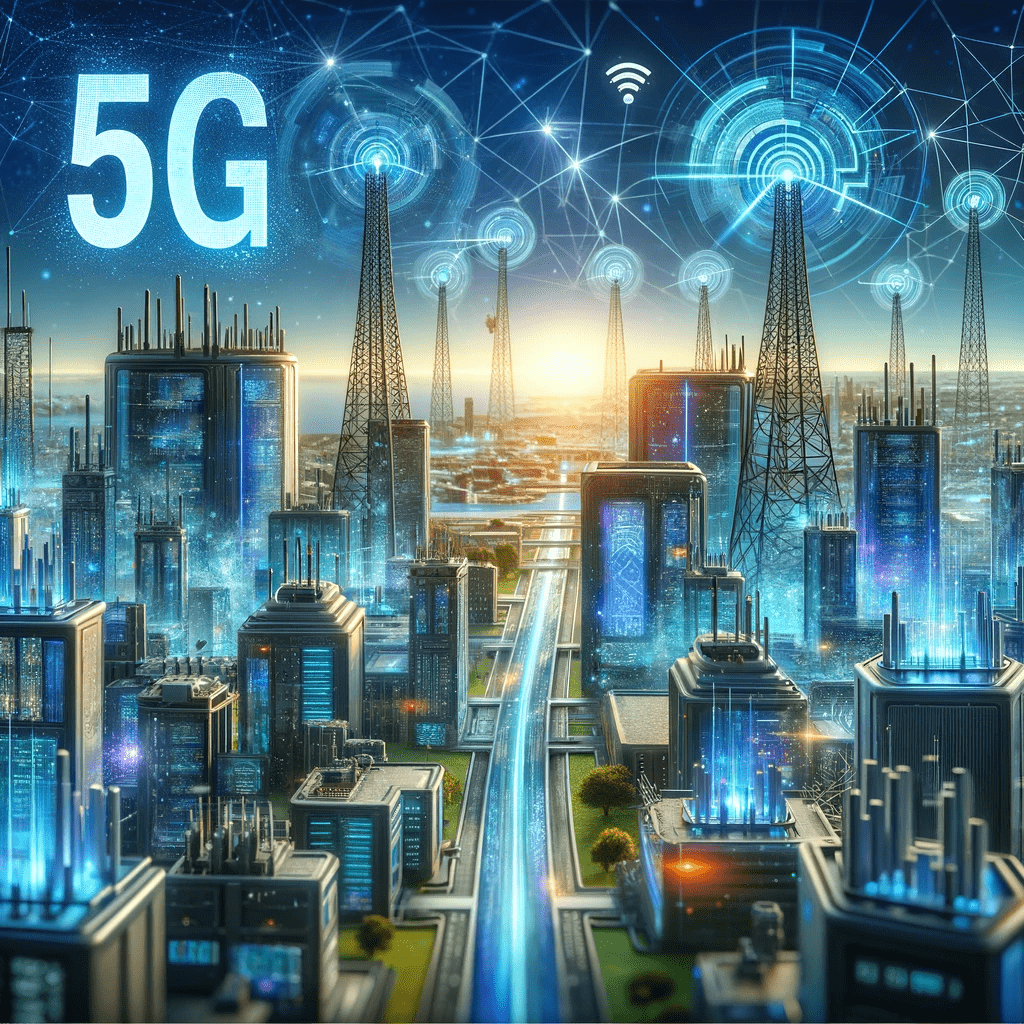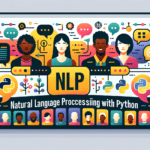In 2023, the IT landscape is undergoing a transformation as powerful as the shift from dial-up to broadband. At the heart of this revolution are 5G and edge computing, technologies that are fundamentally altering how data is processed and managed. Together, they promise to reshape industries, redefine user experiences, and recast the boundaries of technology’s impact on society.
What Are 5G and Edge Computing?
5G
5G is the fifth generation of mobile networks, designed to deliver higher data speeds, ultra-low latency, more reliability, massive network capacity, increased availability, and a more uniform user experience to more users. This enhanced performance paves the way for new user experiences and connects new industries.
Edge Computing
Edge computing refers to computational processes being performed closer to data sources such as IoT devices or local edge servers. This proximity reduces latency, saves bandwidth, and improves response times by performing data processing at the edge of the network, nearer to where it’s needed.
Synergy of 5G and Edge Computing in 2023
The combination of 5G’s high-speed connectivity and edge computing’s processing prowess is synergistic, offering a raft of benefits:
Enhanced Data Processing Capabilities
With edge computing, data processing happens virtually in real-time, enabling immediate data analysis and decision-making. When combined with 5G, the volume of data that can be processed is significantly increased, facilitating sophisticated applications that require rapid, almost instantaneous, data processing.
Reduced Latency
The ultra-low latency of 5G networks complements the reduced transmission time edge computing provides. Together, they are vital for critical applications, such as remote surgery, autonomous vehicles, and real-time data analytics, where every millisecond counts.
Improved Efficiency
By processing data locally, edge computing diminishes the need for long-distance communications between a client and a server. 5G networks enhance this capability with their higher throughput and reliability, ensuring that more data can be handled efficiently.
Proliferation of IoT and Smart Devices
The improved capacity of 5G networks enables the support of a significantly higher number of connected devices. Edge computing facilitates the analysis and computation of the vast data streams from these devices, making the concept of smart cities, smart homes, and integrated IoT ecosystems a reality.
Scalability and Flexibility
5G networks are designed to be scalable, catering to an ever-increasing number of devices. When combined with edge computing, this scalability becomes even more potent, as it allows IT enterprises to expand their infrastructure with flexibility, catering to the demands of modern applications.
Impact on Industries
The convergence of 5G and edge computing is set to transform various industries in 2023:
Healthcare
Telemedicine and remote monitoring are becoming more reliable and responsive, potentially saving lives through quicker diagnostics and timely interventions.
Manufacturing
Smart factories equipped with sensors and automation systems can leverage 5G and edge computing for real-time data processing, predictive maintenance, and streamlined operations.
Transportation
Autonomous vehicles can process vast amounts of sensor data on the go, making real-time navigation decisions that are safer and more efficient.
Entertainment
The media and entertainment industry can deliver personalized, high-definition streaming content with low latency, changing how users experience gaming, virtual reality, and live broadcasts.
Retail
Brick-and-mortar stores can utilize in-store analytics to offer personalized shopping experiences, manage inventory through smart shelves, and streamline operations.
Challenges and Considerations
Despite the promise, the deployment of 5G and edge computing faces challenges:
Security
The increased number of connected devices and distributed nature of edge computing nodes expand the attack surface, requiring new security frameworks.
Interoperability
Ensuring seamless integration between various devices and services is critical for maximizing the benefits of 5G and edge computing.
Investment
Significant investment is required to build out 5G infrastructure and develop edge computing technology.
Regulatory Compliance
Regulations need to keep pace with technological advancements to ensure privacy and data protection.
Conclusion
As 2023 unfolds, 5G and edge computing are not just buzzwords; they are active agents of change, driving the IT industry towards an ultra-connected, incredibly efficient future. For businesses, the message is clear: adapt to leverage the benefits of these transformative technologies or risk being left behind. The companies that can integrate 5G and edge computing into their strategies will be well-placed to lead their industries, define new standards of user experience, and create value in ways that were previously unimaginable.




